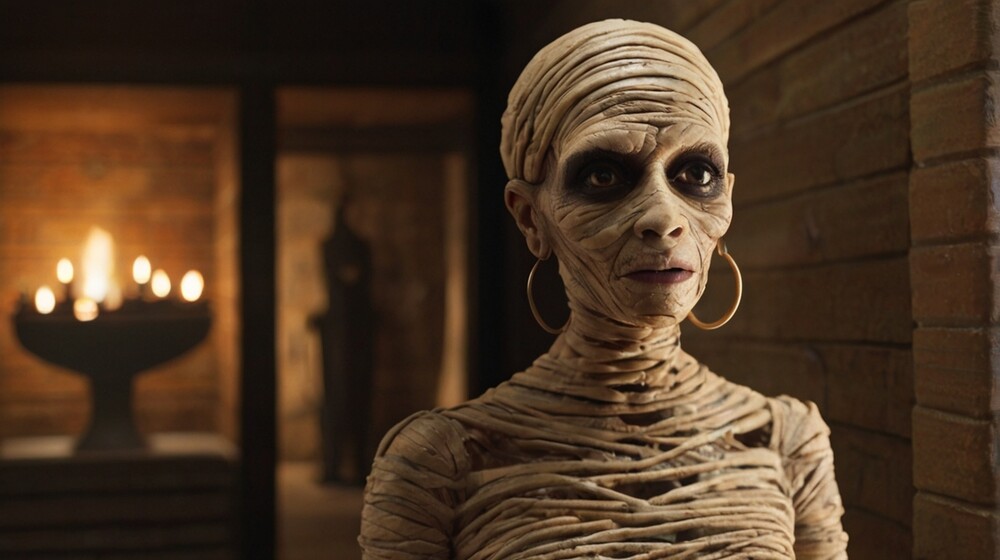Life After Life
The ancient Egyptians, like most other cultures, believed in an afterlife. However, to enter it, a person needed their body. That's why in Egypt, they began to mummify their dead.
In the very beginnings of ancient Egypt, its inhabitants buried their dead in the desert, where their bodies dried out. The problem was mainly the wildlife, which often feasted on the dead. For this reason, the Egyptians moved to a much more sophisticated method, namely mummification.
The Secret Method
Many ancient nations mummified their dead, but their results were barely half as good as those of the Egyptians. For a long time, it was not known exactly how the Egyptians managed to achieve such unique results.
The opportunity to look into the embalming practices of one of the greatest ancient empires was provided by the Greek historian Herodotus, who detailed the entire process four centuries before our era.
The Process
All work was done at a sacred cleansing site. Bodies were first rinsed with water from the Nile and then anointed with fragrant oils. This was followed by the removal of internal organs located in the abdominal cavity.
All these viscera were dried using salt. Everything was removed from the abdomen and chest except for one exception – the heart. It was believed then that the heart was the seat of reason and emotion. Therefore, it was left untouched in the body.
The fate of the remaining organs depended on the period of mummification. In earlier times, Egyptians placed them in special vessels called canopic jars. The deflated body was then filled with leaves, or possibly sawdust. Over time, the process became somewhat simplified.
After drying, the organs were returned to the body of their owner. Various fragrant spices were also commonly added to the abdominal cavity.
The brain was pulled out through the left nostril. The embalmer broke through the skull bone through the nose with a chisel and gradually extracted the brain with special hooks. There was also a physically less demanding method. Lye was simply poured into the nostril, dissolving the brain, which then spontaneously flowed out.
This was followed by drying. For this purpose, salt was used, in which the whole body was wrapped and left to lie in the heat for about seventy days. After drying, the body was rinsed with water from the Nile and anointed with various oils. These improved the elasticity of the skin.
Finally, the body was ceremoniously wrapped in strips of cloth. Often at this stage of embalming, various amulets were also attached to the body with cloth. Thus, the individual was prepared to enter the world of the dead.

